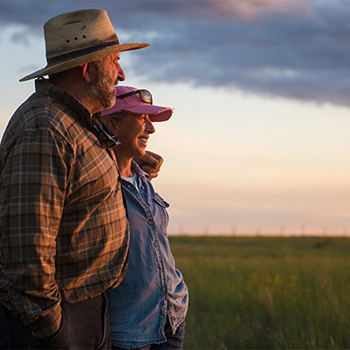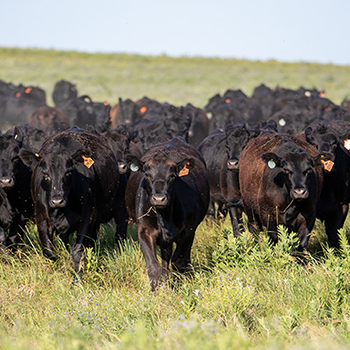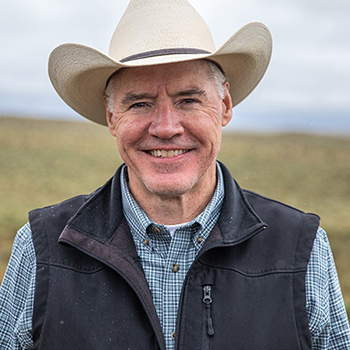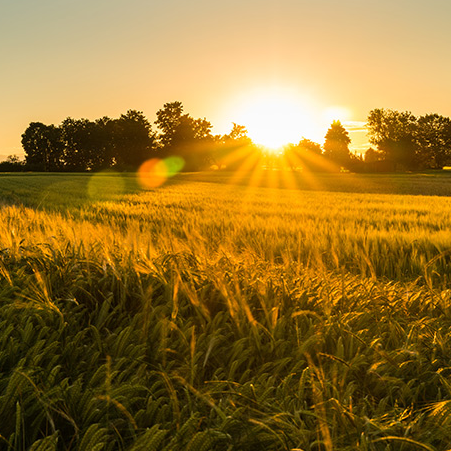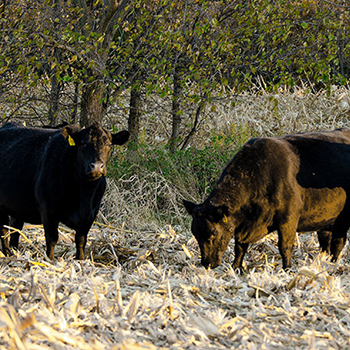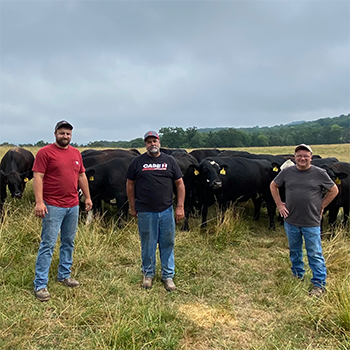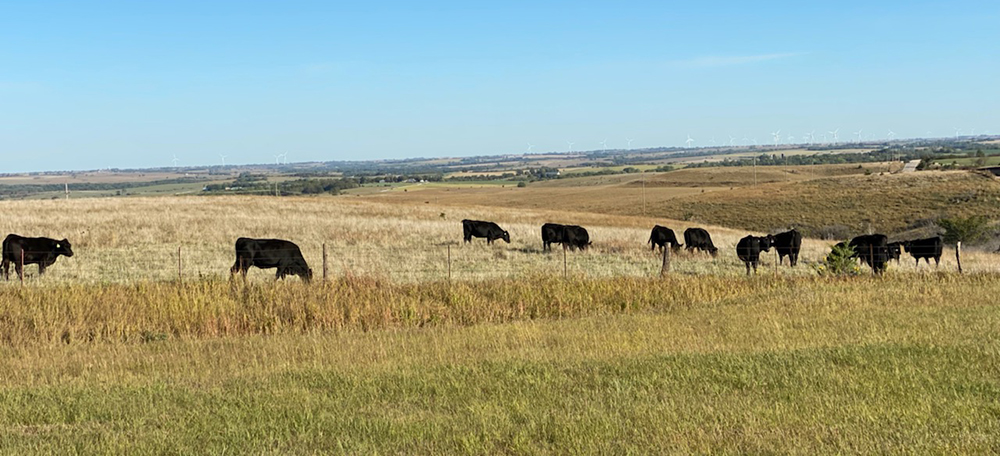
Five Chores to Begin Before Winter
Prepare for colder weather now with these tips.
It’s not too early to prepare for winter. Let’s consider a winter-readiness checklist. Many of these suggestions are typical of preparing for the winter months; some are of more significance this year.
No. 1. Get your water sources ready. Water is the most important nutrient. A clean and abundant supply of water is critical for the health, reproduction and production of beef cattle. In a year when ponds are low, now is the time to be planning for your winter water supply. Evaluate your ponds or water sources now. Whether it is pond cleanout, installing automatic waterers, checking wells, windmills, etc., now is the time to act before freezing temperatures arrive. Most ponds are at low levels. Shallower ponds are more subject to freezing. Plan accordingly.
No. 2. Secure your feed and hay supply. Even if we receive ample moisture before the first frost, we are running short of growing days for warm-season grasses. The warm-season forage base you have now is all you will have. As we move into the typical hay-feeding season, demand (and price) for hay (already scarce) will increase. In a year like this, getting a feed analysis on your hay is more critical than ever. If you are buying hay, ask for the feed analysis before you agree to purchase. If your grass is short and hay inventory is low, consider No. 3.
No. 3. Evaluate your stocking rate. Eliminating cow inventory or culling may be necessary. In a year of record-high hay and feed prices, keeping open cows and heifers through the winter greatly diminishes the profit potential of your cow-calf operation. Believe it or not, there are parts of the country not in drought. If you do some checking, it may be possible to custom-graze your cows in other regions. If this is what you decide to do, don’t overlook the cost of trucking your cow herd to areas with grass. The trucking bill could exceed the grazing bill.
No. 4. Repair or install shelter and windbreaks. For more, see “Guidelines for Livestock Windbreaks” in the April 5, 2021, Angus Beef Bulletin EXTRA.
No. 5. Monitor the body condition score (BCS) of your cow herd. The dry period is the most efficient time to put flesh and weight on cows that may have gotten too thin while raising a calf this past summer. Managing now for optimum BCS at calving next spring will pay dividends in future reproductive efficiency and breed-back.
Watch Johnson discuss the management of cow BCS on SunUp TV from Oct. 1, 2022.
Editor’s note: Mark Johnson is a beef cattle breeding specialist for Oklahoma State University Extension. Photo by Kasey Brown.
